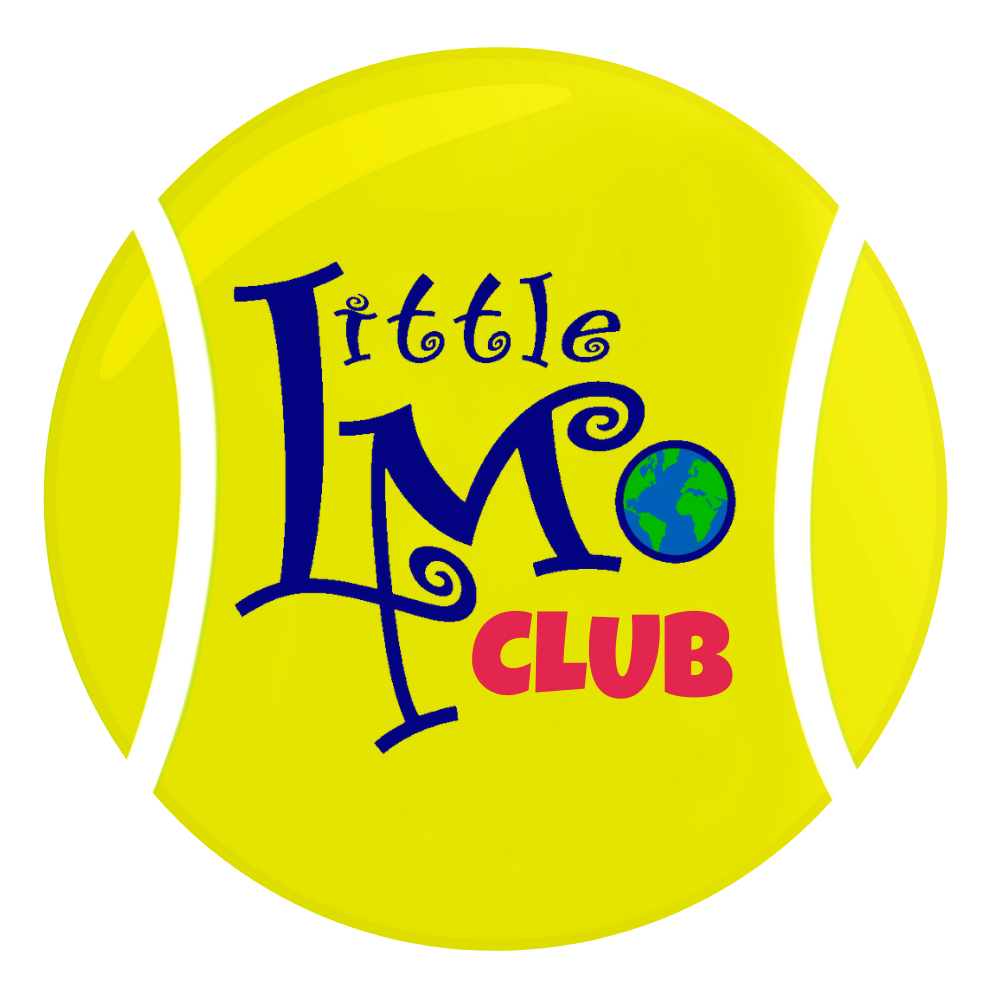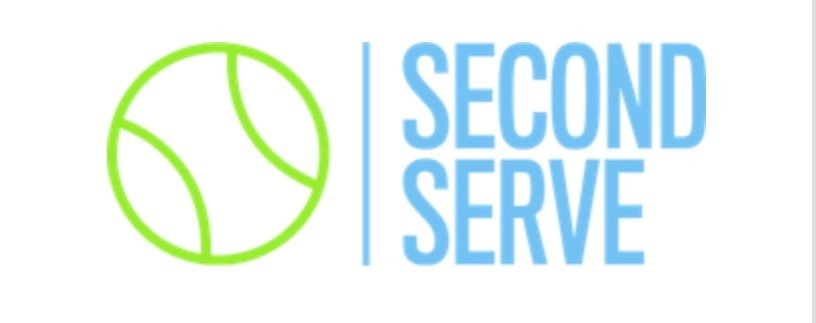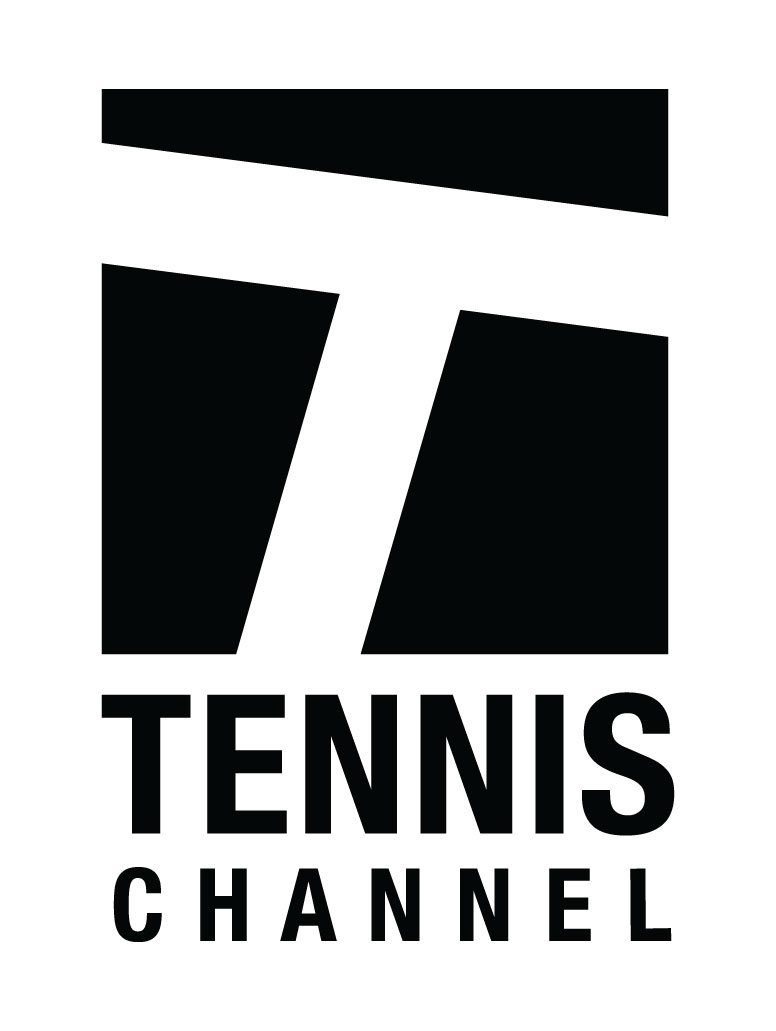When College Coaches Are Watching

As if competing in a tennis tournament weren’t tough enough, how does a junior player handle the added pressure of playing when he/she knows a college coach is watching?
Now that my son is finishing his sophomore year of high school, he’s going to be facing these situations the remainder of his junior tennis career. Even if the coach is there to watch his opponent and not necessarily him, my son still needs to be prepared to handle that extra piece of the puzzle. In hopes of giving him the tools he needs, I spoke with Ross Greenstein of Scholarship for Athletes and asked him to share his wisdom and knowledge about what coaches look for out there. I also spoke with University of Maryland Baltimore County Head Tennis Coach, Rob Hubbard, to get information straight from the source (if you haven’t yet, be sure to listen to my radio show featuring Coach Hubbard – click here for the link to the podcast).
Ross and Coach Rob both told me that it’s about more than just forehands and backhands. If a player has been accepted into a tournament where a coach is watching, then the coach already knows that player has the requisite tennis skills to compete at the collegiate level in some way, shape, or form. Coaches are looking for more than simply whether your child uses a Continental or Semi-Western grip or whether he/she wins or loses a particular junior match.
It all starts before the match is even played. Is your kid respectful of tournament officials, refs, and desk people? Is he friendly with the other parents and players? What is she doing to get ready for her match? Is she jumping rope and getting focused or is she simply socializing and just hanging out but not really getting physically and mentally ready to compete?
And, parents, coaches are also watching us! They want to see how involved we are in our kid’s pre- and post-match activities. Do we get them ice, water, and energy bars or do we instruct our kid to take care of his/her own needs? Do we carry their bag or water jug for them? I have heard on several occasions that college coaches do NOT look favorably on these hovering-type behaviors. Coaches want to see a self-sufficient kid, not one whose parents do everything for him.
Once your child is on the court, the coaches’ focus changes. They are looking to see presence on the court – is the player having fun, smiling, fighting for every point OR moping, being negative, using negative self-talk, questioning every line call? Coaches don’t want to see negative behavior or kids who look miserable. And, according to Ross, kids just don’t seem to get that – that their non-tennis behavior on and off court are so important to coaches.
Coach Rob concurs. “First and foremost I am watching to make sure the player has a passion for the game. Win or lose are they willing to compete? If they are not playing well or struggling with their match are they willing to fight to try and figure out a way to win? Basically are they a competitor no matter the conditions? Most coaches are aware that their appearance at a match may create a bit of nerves and look to see how the prospective student athlete responds.”
Other tennis-related things a coach might look for include the upside of the junior’s game and the potential his/her game may or may not have. Does she have more than one dimension to her game? That might include playing aggressive tennis, serving and volleying, attacking short balls, and fighting for every point. Does he have experience in doubles? If not, can his game transition to doubles? Is she or he physically fit?
Ross goes on to say that kids need to look and act professional. They need to “get a sweat on” before each match, stretch before & after the match, stay focused on the task before them. Then, after a match, the player needs to thank the coach for watching and introduce him/herself – most kids don’t do that. Either they’re scared or intimidated or their parents do it for them – but, it’s really important for the player to do it. Kids, introduce yourself, shake the coach’s hand, and, for goodness sake, look them in the eye!
The reality is that the first official signing date is in November of a player’s senior year of high school, 14 months before they will ever play their first college dual match! College coaches have no idea how hard these kids work, they typically don’t know these kids other than via phone calls and emails, so it’s crucial for juniors to keep playing, keep improving, keep working on their game.
Coach Rob shares these words of wisdom: “The prospective student-athlete has recorded a significant number of results leading up to the competition the coach is there to observe. Those results usually bring the coach out, and the result that day most times does not affect any decisions. Coaches are there to get a little better feel for the athlete, his personality, his passion for the game, and other competitive intangibles that can only come from a face to face exposure.”
Ross told me a story about one prospective college player – let’s call her Sarah just for the sake of ease! – he worked with last year. There was a college coach watching Sarah play at a big event. During her match, Sarah called her opponent’s ball out and was then immediately asked if she was sure. Sarah confirmed her call but went on to tell her opponent, “If you think it was good and you’re absolutely sure about it, then take the point.” The opponent said she was sure and did take the point. Sarah then moved on, continued to play aggressively, but wound up losing the match. The college coach who was there told Ross that Sarah had been his #5 recruit but just moved up to #1 on the list after that on-court performance. The coach said he loved seeing that Sarah was out there for the love of the game, that she didn’t put too much importance on one single point, and that she was able to brush off the set-back and continue competing at a high level until the very last point. It’s a great lesson for all our juniors to learn.
ADDENDUM (posted May 1, 2013 7:47pm)
Here is some additional information shared by other coaches, parents, and observers . . .
In terms of the player’s on- and off-court behavior at tournaments, this should be part of what the player is learning from the junior coach. If the coach is not with the player at a tournament, the player should still know exactly what to do before, during, and after a match; and if the player doesn’t know, then she is not ready for match play. It is the junior coach’s job to get the players ready for tournaments and make sure they know how to behave and prepare for each match. As parents, we are responsible for teaching our children how to behave in general. For junior coaches, the expectation is that they will be responsible for teaching our children how to behave tennis-wise.
Another point I neglected to include in the original article is that many of the coaches pay particular attention to the back draw and how a player performs there, sometimes even more than the main draw. It shows the player’s resolve, determination, and fight. How do they handle adversity? How do they bounce back from a defeat and disappointment? Even though back draw matches don’t award as many ranking points, the message a player sends to a coach by sticking with the back draw and performing well there is invaluable. Ross Greenstein confirmed for me that coaches hate kids defaulting back draws – another match is another opportunity to get better. Kids who do well in back draws show they are tough and want to get better. As UGA Head Men’s Coach Manny Diaz told me, “It doesn’t make the main draw results any less important, but it certainly doesn’t give a good impression when you see so many kids walking out of the back draw. I can tell you for sure the kids that see it all the way through, giving it their all, earn some definite points.” Ross goes on to say that the perception among coaches is that it also shows a complete lack of respect to the parents who pay all that money to go to the event and then the player is a little injured or tired or sore so they go home. Perception isn’t always reality, but still . . .












